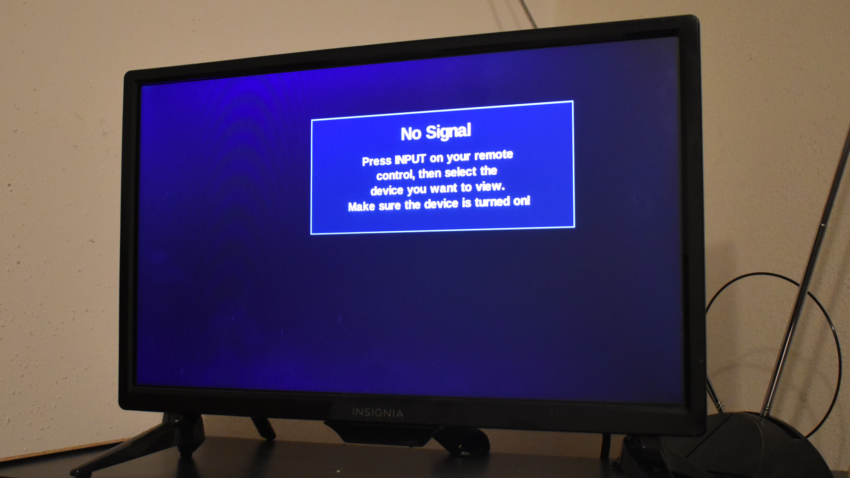The launch of ATSC 3.0 (NextGen TV) has caused another change to the frequencies that Twin Cities TV channels use to reach viewers.
The channel that appears on your TV, known as a virtual channel, rarely coincides with the actual RF channel on which the station transmits. Though stations have kept their legacy channel branding, actual broadcast channels nationwide have changed several times in recent years due to several events:
- The initial transition in the early 2000s that saw the launch of digital companion channels
- The spectrum repack when channels 52-69 were discontinued in 2009
- Stations that began channel-sharing as a result of selling their bandwidth in the spectrum auction (none in Minnesota)
- Ownership changes in some markets that resulted in stations swapping virtual channel numbers or moving affiliations (none in Minneapolis)
- The spectrum repack when channels 38-51 were discontinued in 2021
- Stations that voluntarily changed frequencies to improve their coverage, including KARE’s move to RF channel 31
- Stations that are beginning channel-sharing arrangements as a result of the launch of ATSC 3.0
The situation in the Twin Cities was already somewhat unusual because three station groups (KTCA/KTCI, KSTP/KSTC, and KMSP/WFTC) have both used two separate transmitters to deliver channels starting with the same virtual number.
Now, with the launch of ATSC 3.0 on WUCW, four stations are also hosting WUCW’s ATSC 1.0 channels on their transmitters as WUCW combines programming from five different stations onto its NextGen TV transmitter. Meanwhile, KTCI-TV’s ATSC 1.0 channels are being hosted on sister station KTCA.
Here’s a chart sorting out where all of the full-power channels in the Twin Cities originate:
| Virtual ch. | Network | Callsign | Actual RF ch. |
| 2.1, 2.4, 2.5 | PBS-TPT2, PBS Kids, TPT Now | KTCA-TV | 34 |
| 2.2, 2.3 | MN Channel, PBS-TPT Life | KTCI-TV | 34* (KTCA) |
| 4.1 – 4.4 | CBS, Start, DABL, Fave TV | WCCO-TV | 32 |
| 5.1, 5.5, 5.7 | ABC, Defy, H&I | KSTP-TV | 35 |
| 5.2, 5.3, 5.4, 5.6 | 45TV, MeTV, getTV, This TV | KSTC-TV | 30 |
| 9.1, 9.2, 9.3, 9.7 | FOX, FOX 9+ (My), Movies!, FOX Weather | WFTC | 29 |
| 9.4, 9.5, 9.6, 9.8, 9.9, 9.10 | Buzzr, Grio, Catchy, Story, FOX, FOX 9+ (My) | KMSP-TV | 9 |
| 11.1 – 11.8 | NBC, Court, True Crime, Quest, Circle, Twist, HSN | KARE | 31 |
| 23.1 | CW | WUCW | 35* (KSTP) |
| 23.2, 23.6 | Comet, Antenna TV | WUCW | 29* (WFTC) |
| 23.3, 23.4 | Charge, TBD | WUCW | 32* (WCCO) |
| 23.5 | Rewind | WUCW | 31* (KARE) |
| 41.1 – 41.8 | Ion, Bounce, Grit, Ion Mystery, Laff, Scripps News, Jewelry TV, QVC | KPXM | 16 |
The simplest way to find all of the channels is through a rescan. For viewers that don’t conduct a rescan, most receivers will update the lineup when they tune to a channel and notice the change — for example, a receiver may find the new channel 23.5 the first time a user tunes to KARE even though a rescan hasn’t been conducted. The user wouldn’t even know the new channel 23.5 is there until they start to flip through the channels. However, the old channel 23.5 may remain present in the lineup, causing confusion, so a rescan is the easiest way to clean things up.
The Twin Cities lineup is actually less confusing than some cities. Some places, such as Denver, have ATSC 1.0 transmitters originating three different virtual channel numbers. This is sometimes because of channel-sharing as a result of the spectrum auction or the NextGen TV launch, and sometimes because transmitters are simulcasting sister stations using the sister station’s virtual channel number. The latter practice doesn’t happen in the Twin Cities since the three groups with multiple transmitters have chosen to consolidate all of their programming onto one virtual channel.
This post was corrected to reflect that KARE is on RF channel 31, and was updated Oct. 25 to reflect KTCA beginning to host KTCI channels.

